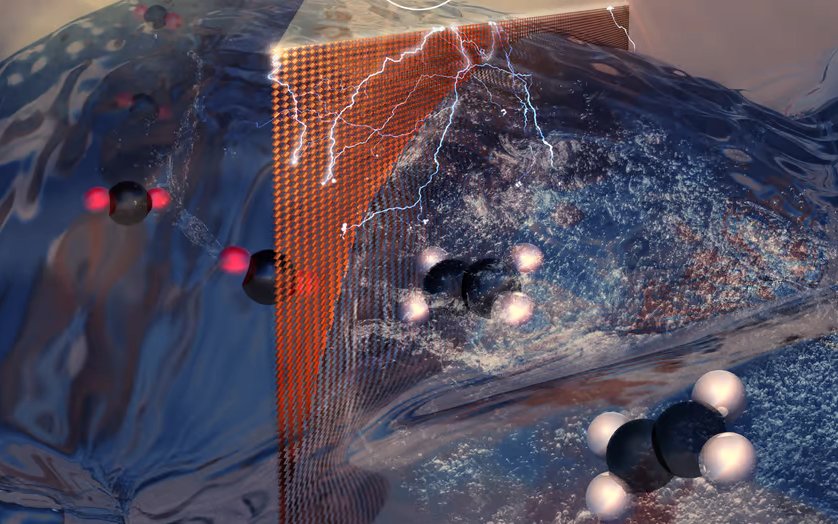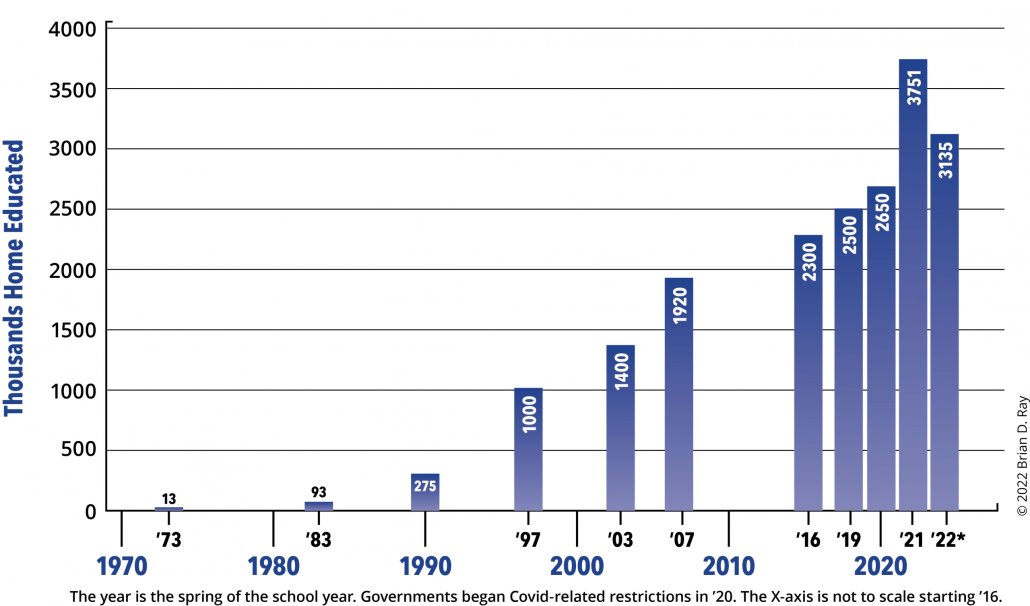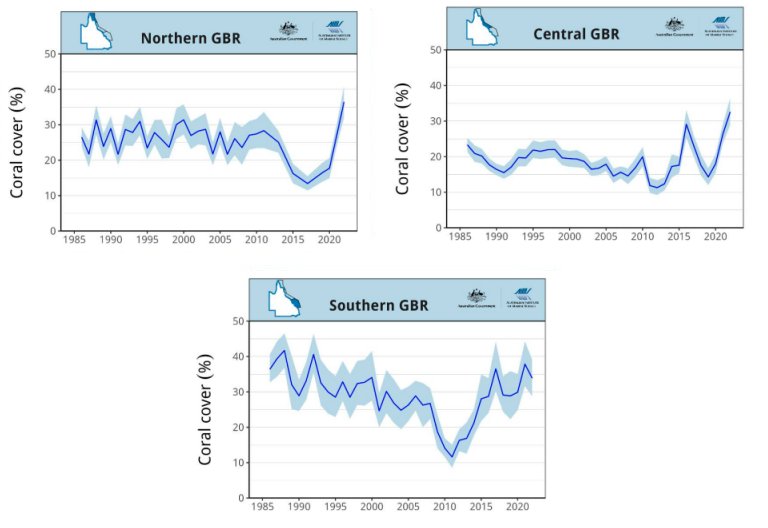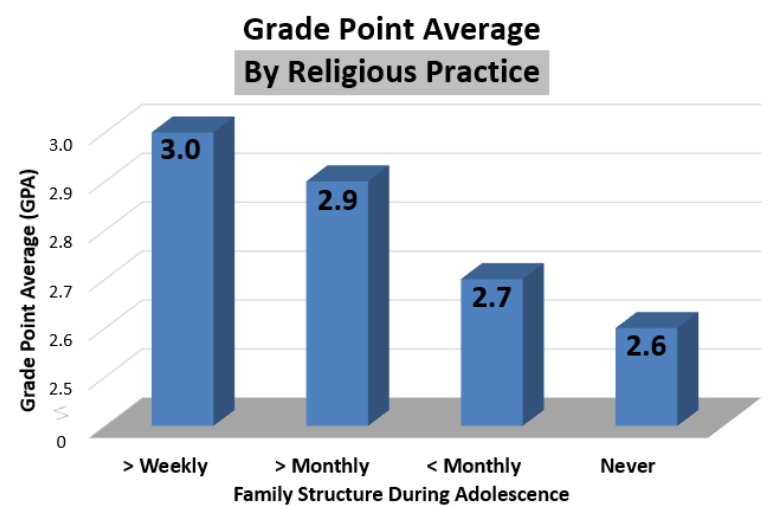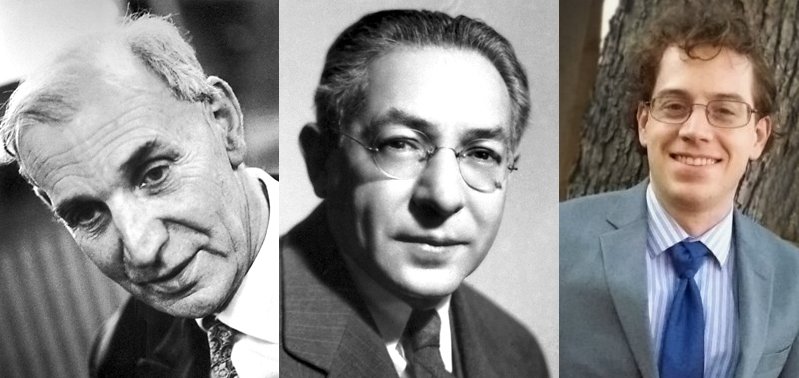
My blog has been mostly silent because I have been teaching classes and working on my new physics book, Discovering Design with Physics. However, classes are winding down, and my new physics book is at the printer. I will have a more thorough post about the book itself next week, including how it is different from my old physics book. For right now, however, I thought my readers might be interested in how it begins and ends. The introduction to the student text begins this way:
Have you ever taken something apart in an attempt to figure out how it works? I have. Usually, I end up ruining it and not learning much. On the rare occasion when I am successful, however, I get a wonderful feeling of accomplishment. In some ways, that’s what the subject of physics is all about. We try to “take the world apart” to see how it works. We look for laws and equations that allow us to analyze processes that occur on a very small scale (like electrons traveling through a conductor), processes that occur on an everyday scale (such as baseballs being hit by bats), and processes that occur on a very large scale (like planets orbiting the sun). If we can properly analyze these processes, we can start to understand how the world works.
As you start “taking apart” the world in this course, you should be struck by how intricately designed everything is. The world runs amazingly well, because all its parts have been designed to work together. As French physicist and Nobel Laureate Alfred Kastler states:
The idea that the world, the material universe, was created all by itself, seems absurd to me. I only conceive of the world with a creator, therefore a God. For a physicist, a single atom is so complicated and so rich in intelligence, that the materialistic universe has no meaning.
(Fabre-luce Alfred, L’été de la résurrection, Grasset 1971, p. 105, translated from French by Fernando José Walsh)
I hope that as you read this book, you will come to see the truth of Dr. Kastler’s words.
After spending 16 chapters “taking apart the world,” I end my discussion of physics this way:
You have reached the end of this high-school physics course. You have learned a lot about how God’s creation works, and I hope that this has given you a deeper sense of awe for our Creator. That’s certainly what studying physics has done for me. As I learn more and more about the intricacies of how the world works, I cannot help but be filled with wonder for its Designer.
I think Dr. Isidor Isaac Rabi, who won the 1944 Nobel Prize for physics, said it best:
Physics filled me with awe, put me in touch with a sense of original causes. Physics brought me closer to God. That feeling stayed with me throughout my years in science. Whenever one of my students came to me with a scientific project, I asked only one question, “Will it bring you nearer to God?”
(“I. I. Rabi As Educator and Science Warrior,” Physics Today, 52(9):38, 1999).
I think that’s a great question to ask of any endeavor you wish to pursue.
It’s important to note that many other scientists share Dr. Rabi’s view. Homeschool graduate Dr. Nathan T. Brewer is a nuclear physicist whose research is focused on creating new elements. He says,
The world is absolutely breathtaking, and studying the world’s beauty fuels my faith.
(https://blog.drwile.com/dr-nathan-t-brewer-homeschool-graduate-and-nuclear-physicist)
As you continue to study more of the amazing creation that God has given us, I hope you end up agreeing with Drs. Rabi and Brewer!


